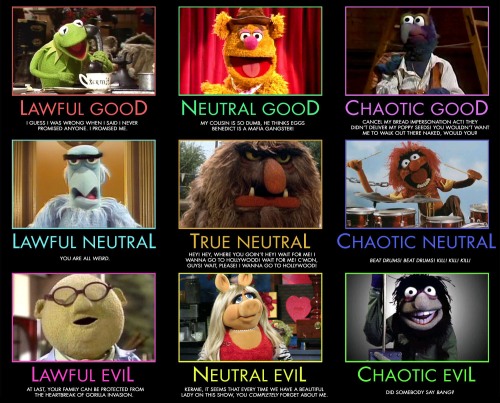I have only played D&D once in the past 7 weeks, and so I often look for similar activities to sustain me through the drought (I’ve been watching Game of Thrones and playing Mass Effect). So it was good timing for me when I was contacted by a PR firm promoting the new D&D video game: Dungeons & Dragons: Daggerdale. Normally I wouldn’t sell out, but in addition to being promised a review copy, I’m being given a code for a free PC version to give away to one of my readers. This seems like a good enough deal to give them some space here. I had the opportunity to play an early build of the game at PAX East. It’s pretty much your standard 3rd-person dungeon crawler, built on top of the 4e rules. It’s the spiritual successor of Baldur’s Gate: Dark Alliance, and if you enjoyed that or Diablo or any game where you get to hack things up, break barrels, and collect treasure, you’ll probably enjoy this too.
If you are interested in a free copy, leave a comment below before 5pm Eastern Daylight Time, Monday May 30th. I’ll randomly select one unique commenter via MATLAB program to send it to. I’m a little fuzzy on the details of the promotion, so if it’s a physical product, I’m only going to send it to someone in the US.
Below is their official release copy. It’s available now for PC and XBLA, and should be out next week on PS3. You can play multi-player locally or online, so hopefully I can go questing with some of you in the near future.
Official Release Statement:
The original epitome of geekdom is taking another step in its storied pop culture history as the Dalelands of the Forgotten Realms, is brought to life for gamers and enthusiasts across the world by Atari.
The new Dungeons & Dragons Daggerdale is a “hack and slash” action role playing game set in the deep mythology of the Forgotten Realms, is the first ever Dungeons & Dragons video game rooted in the 4th edition rules for consoles. Players are summoned by a mysterious mage and given the duty of defending their homeland as Rezlus, an evil Zhentarim Cleric looks to bring the power of the Black Lord Bane onto Daggerdale and the rest of Daggerfalls. Restore order to Nentir Vale by unlocking the secrets of the Mines of Tethyamar, defeating the evil within the treacherous Tower of the Void, leading to the final confrontation with Rezlus himself.Players can take on the role of the melee expert Human Fighter, the quick and nimble Elven Rogue, the master of the arcane arts Halfling Wizard, and the powerful divine Dwarven Cleric. Gamers use intuitive pick-up-and-play combat combined with a wide assortment of weapons, feats and powers to defeat a wide range of deadly enemies.
Dungeons & Dragons Daggerdale carries a suggested PC retail price of $14.99 and is available on XBLA for 1200 MS Points.




 Pandemic
Pandemic






You must be logged in to post a comment.